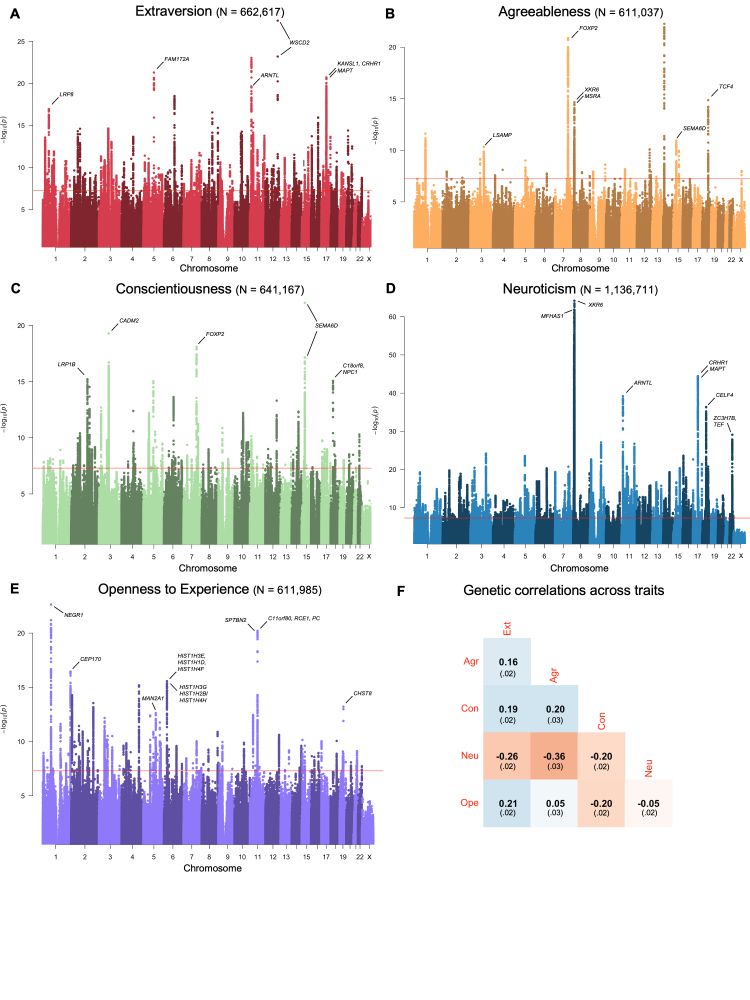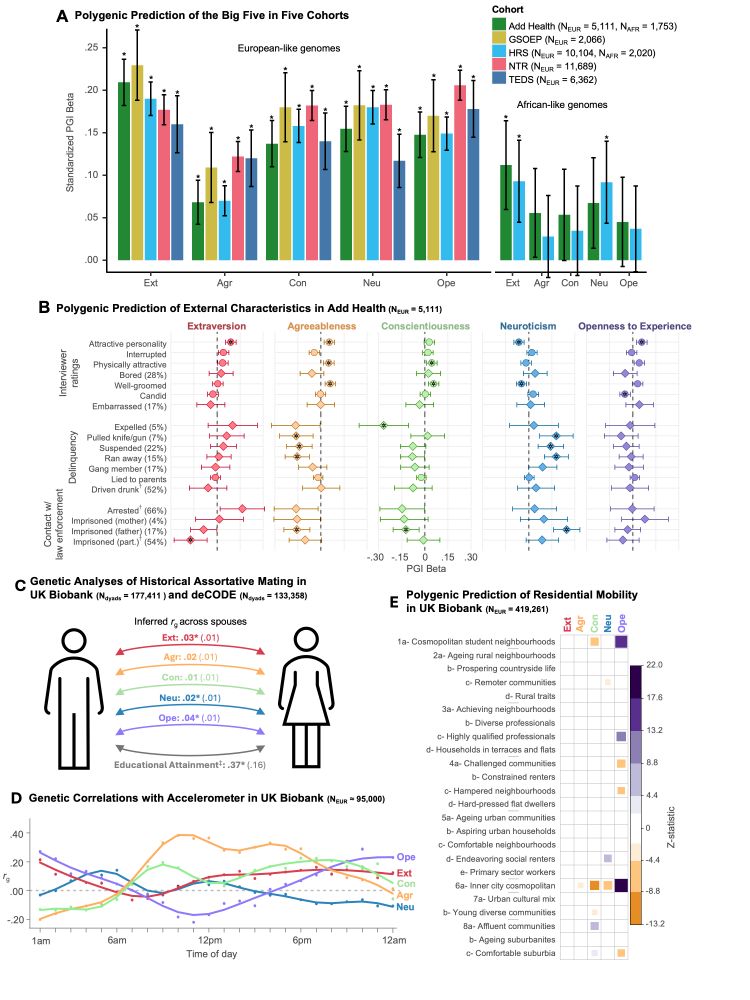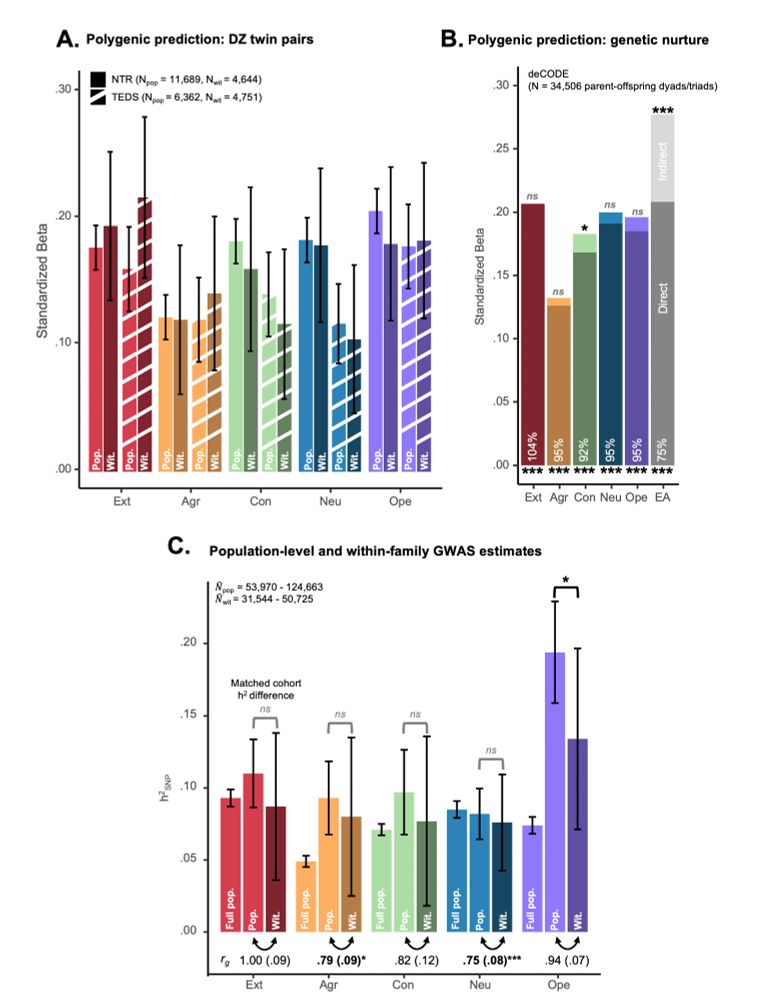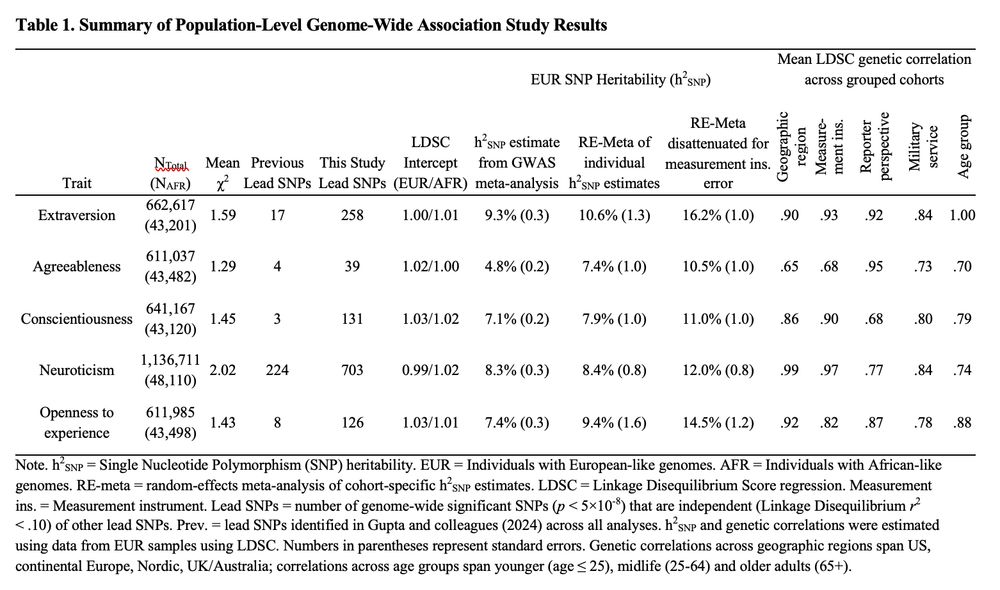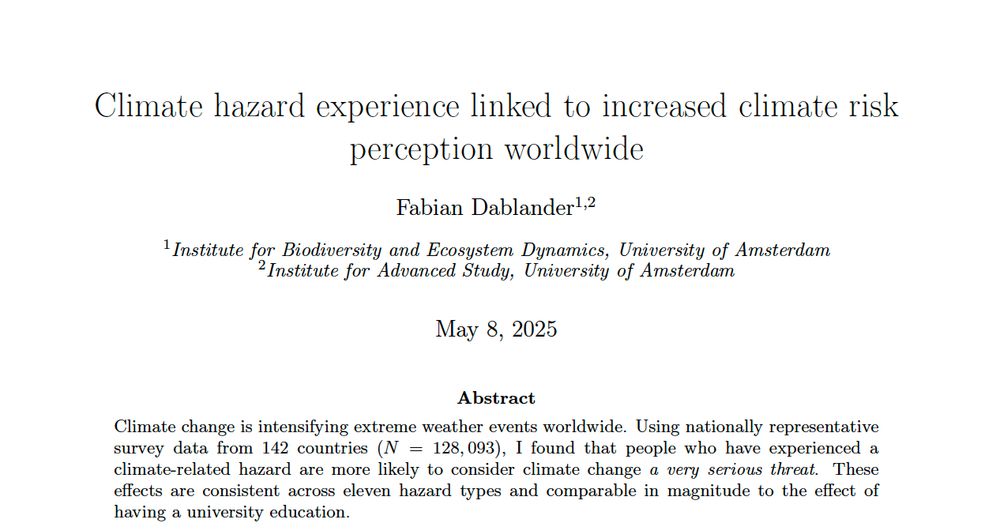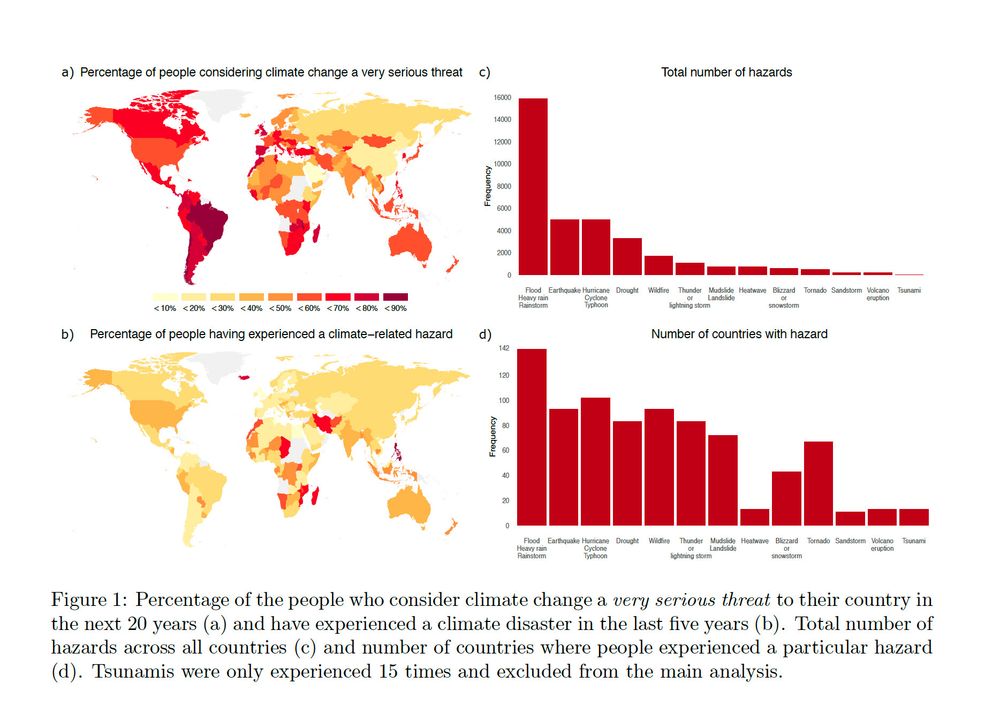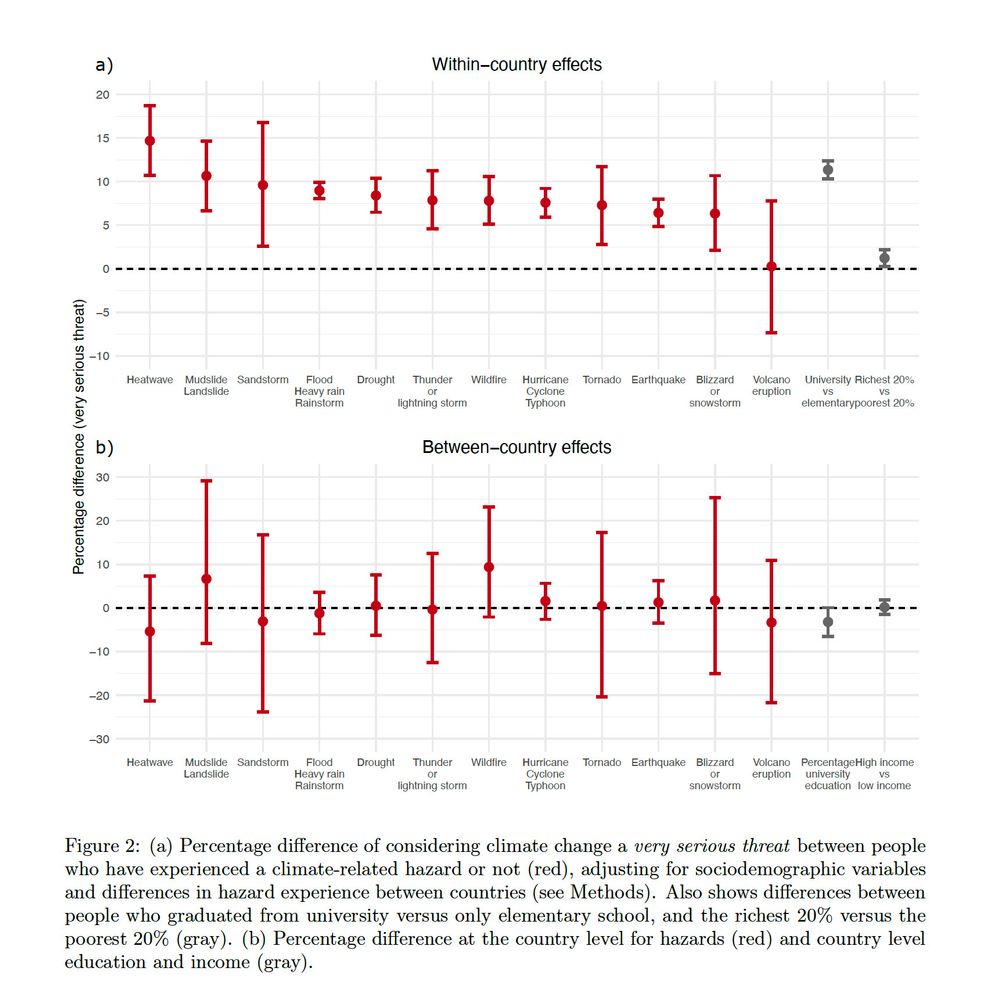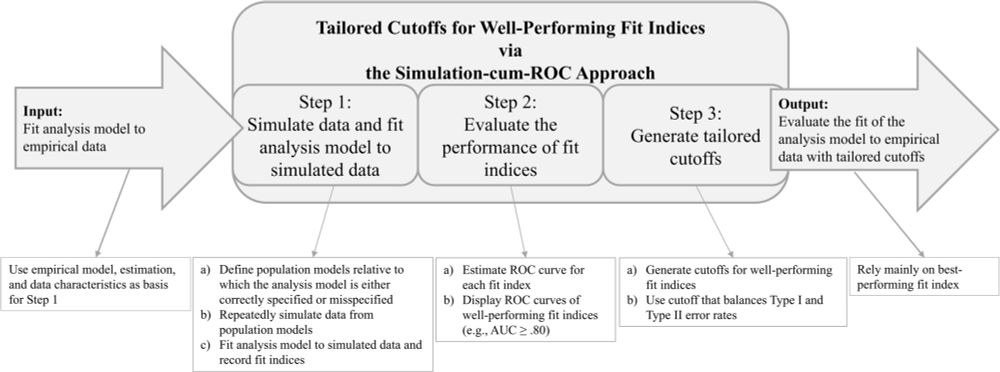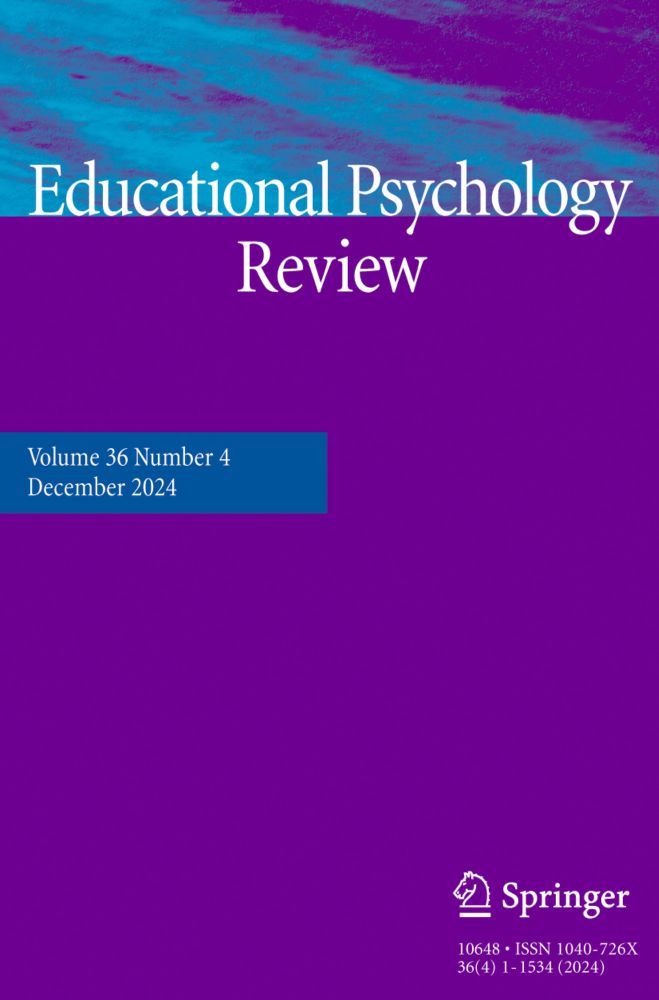
Einladung zur KGN-Methoden Lab Herbst-/Wintertagung 2025
Zwischen Theorie und Evidenz: Kausalanalyse in der kriminologischen Forschung
Das Kriminologische Forschungsinstitut Niedersachen oranisiert eine Tagung zu Kausalanalyse in der kriminologischen Forschung -- 8. und 9. Dezember in Hannover, Teilnahme kostenfrei!
kfn.de/veranstaltun...
17.09.2025 07:44 — 👍 12 🔁 4 💬 0 📌 0
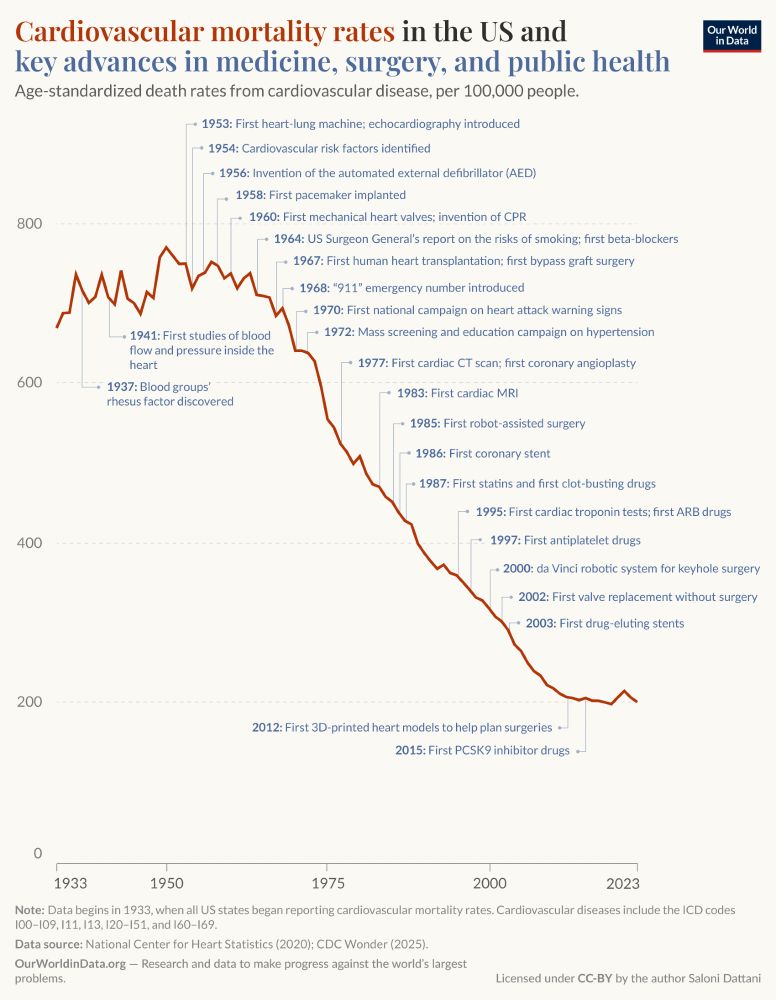
This image depicts a line graph showing cardiovascular mortality rates in the United States from 1933 to 2023, alongside key advancements in medicine, surgery, and public health. The y-axis represents age-standardized death rates from cardiovascular disease, ranging from 0 to 600. The x-axis represents years from 1933 to 2023.
The graph starts at around 600 deaths per 100,000 people in 1933 and trends downward sharply over the decades, indicating a significant decline in mortality rates. Key advancements are marked along the timeline, including the introduction of the first heart-lung machine in 1953, the first cardiac CT scan in 1977, and the first 3D-printed heart models in 2012.
Footnote information states that data begins in 1933 when all U.S. states started reporting cardiovascular mortality rates, sourced from the National Center for Heart Statistics in 2020 and the CDC Wonder in 2025. The chart is published by Saloni Dattani at Our World in Data.
New article by me!
Cardiovascular disease mortality rates have declined by around three-quarters since 1950, but we rarely hear about it.
I explore some of the reasons behind the decline.
ourworldindata.org/cardiovascul...
04.08.2025 12:52 — 👍 248 🔁 82 💬 11 📌 12

APART-USA @oeaw.bsky.social program available for outstanding #postdocs working at US research institutions to relocate their research activities to Austria. 25 fellowships distributed across Austrian research institutions, Sept 15 deadline, by nomination stipendien.oeaw.ac.at/en/fellowshi...
10.07.2025 13:16 — 👍 7 🔁 5 💬 1 📌 0
This one is quite fascinating because it’s a very explicit attempt at methods harm reduction — people keep doing the shoddiest mediation analyses despite repeated criticism; let’s rebrand it as associational variable analysis to provide a more accurate label.
05.07.2025 07:15 — 👍 31 🔁 4 💬 4 📌 0
OSF
I've tried something similar regarding reflective measurement models here: osf.io/preprints/ps...
I advocate for using noncausal (formative) measurement models instead. But I'm not sure whether it will stop personality researchers from explicitly or implicitly assuming a reflective model.
05.07.2025 09:58 — 👍 1 🔁 0 💬 0 📌 0
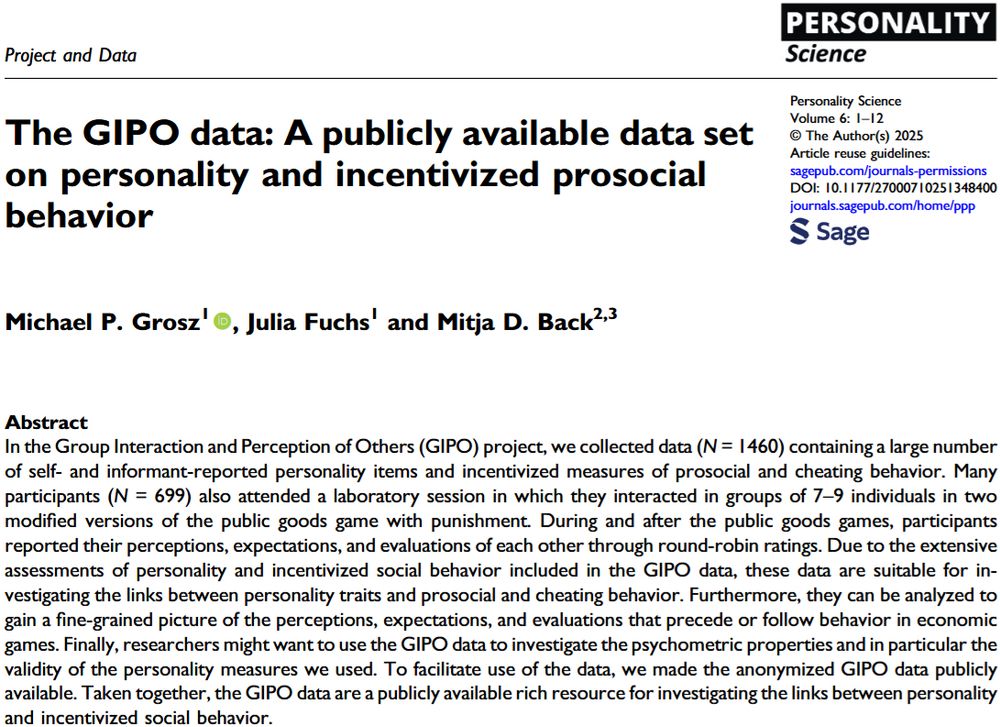
In the Group Interaction and Perception of Others (GIPO) project, we collected data (N = 1460) containing a large number of self- and informant-reported personality items and incentivized measures of prosocial and cheating behavior. Many participants (N = 699) also attended a laboratory session in which they interacted in groups of 7–9 individuals in two modified versions of the public goods game with punishment. During and after the public goods games, participants
reported their perceptions, expectations, and evaluations of each other through round-robin ratings. Due to the extensive assessments of personality and incentivized social behavior included in the GIPO data, these data are suitable for investigating the links between personality traits and prosocial and cheating behavior. Furthermore, they can be analyzed to gain a fine-grained picture of the perceptions, expectations, and evaluations that precede or follow behavior in economic games. Finally, researchers might want to use the GIPO data to investigate the psychometric properties and in particular the
validity of the personality measures we used. To facilitate use of the data, we made the anonymized GIPO data publicly available. Taken together, the GIPO data are a publicly available rich resource for investigating the links between personality and incentivized social behavior.
Our paper about the GIPO data has now been officially published at Personality Science.
The paper is freely available at journals.sagepub.com/doi/10.1177/...
03.07.2025 09:12 — 👍 5 🔁 0 💬 0 📌 0
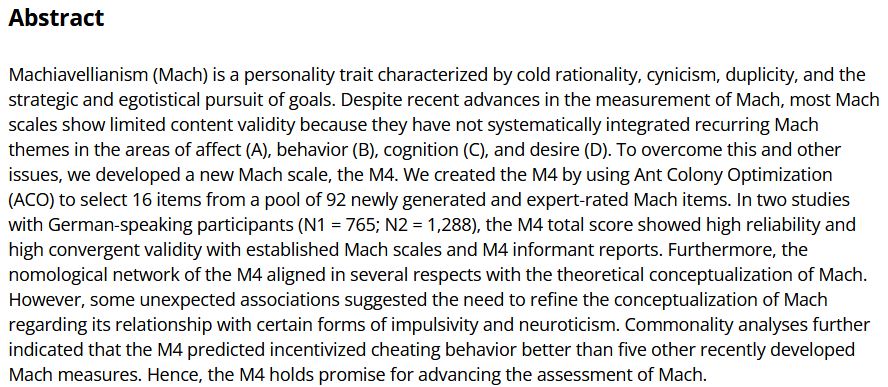
Machiavellianism (Mach) is a personality trait characterized by cold rationality, cynicism, duplicity, and the strategic and egotistical pursuit of goals. Despite recent advances in the measurement of Mach, most Mach scales show limited content validity because they have not systematically integrated recurring Mach themes in the areas of affect (A), behavior (B), cognition (C), and desire (D). To overcome this and other issues, we developed a new Mach scale, the M4. We created the M4 by using Ant Colony Optimization (ACO) to select 16 items from a pool of 92 newly generated and expert-rated Mach items. In two studies with German-speaking participants (N1 = 765; N2 = 1,288), the M4 total score showed high reliability and high convergent validity with established Mach scales and M4 informant reports. Furthermore, the nomological network of the M4 aligned in several respects with the theoretical conceptualization of Mach. However, some unexpected associations suggested the need to refine the conceptualization of Mach regarding its relationship with certain forms of impulsivity and neuroticism. Commonality analyses further indicated that the M4 predicted incentivized cheating behavior better than five other recently developed Mach measures. Hence, the M4 holds promise for advancing the assessment of Mach.
❕NEW PAPER❕
We developed the M4, a reliable & valid Machiavellianism scale capturing affective, behavioral, cognitive, and motivational aspects of Mach.
Link: osf.io/preprints/ps...
25.06.2025 12:12 — 👍 1 🔁 0 💬 0 📌 0
📊 NEW PAPER 📊
Our manuscript about the GIPO dataset (N = 1,460) is now accepted at Personality Science! 🎉
The freely available dataset includes measures of personality and prosocial & cheating behavior.
📄 You can find the accepted manuscript here: osf.io/preprints/ps...
bsky.app/profile/mp-g...
19.05.2025 15:20 — 👍 6 🔁 0 💬 0 📌 1
@fdabl.bsky.social
16.05.2025 17:21 — 👍 3 🔁 0 💬 0 📌 0

Job Vacancies - Universität Bremen
Offene Stellen
🚨 JOB! Full professorship (W3) in Personality Psychology / Interindividual Differences & Psychological Assessment at Uni Bremen. I hold the "sister professorship" is social psych & very much recommend this post. Please apply, share widely & don't hestiate to ask me! www.uni-bremen.de/en/universit...
28.04.2025 08:37 — 👍 26 🔁 30 💬 0 📌 2
📣 Are you a psychologist with an interest and passion for #ScienceCommunication research and/or practice in Germany? Join our newly founded DGPs interest group #PsyComm! 📣
28.04.2025 09:20 — 👍 17 🔁 12 💬 0 📌 0
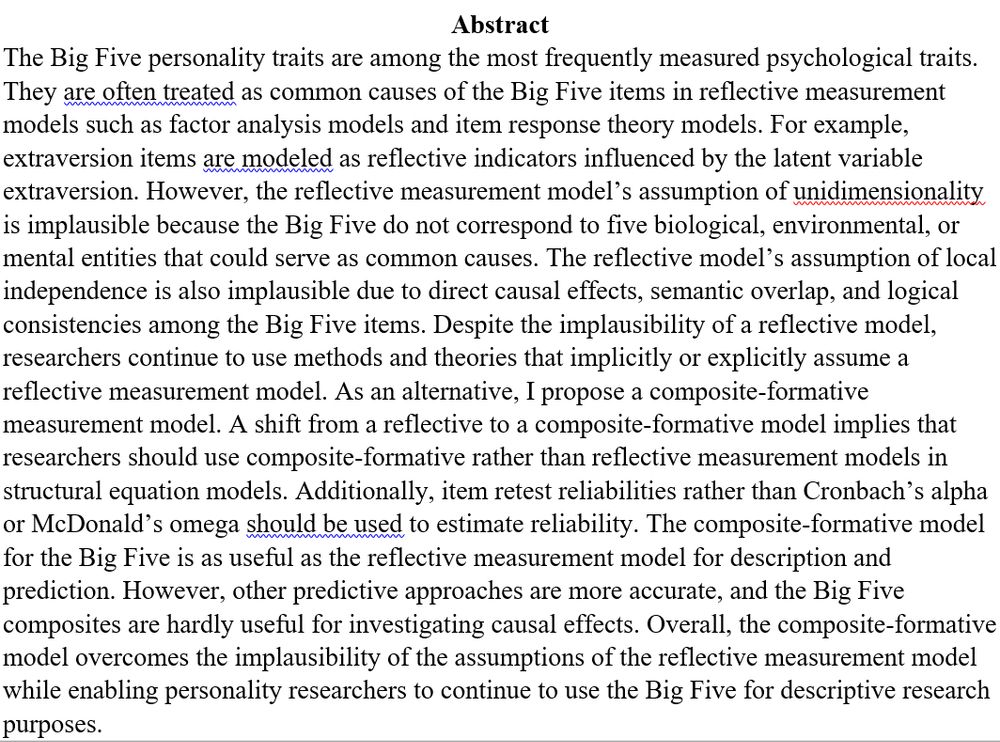
The Big Five personality traits are among the most frequently measured psychological traits. They are often treated as common causes of the Big Five items in reflective measurement models such as factor analysis models and item response theory models. For example, extraversion items are modeled as reflective indicators influenced by the latent variable extraversion. However, the reflective measurement model’s assumption of unidimensionality is implausible because the Big Five do not correspond to five biological, environmental, or mental entities that could serve as common causes. The reflective model’s assumption of local independence is also implausible due to direct causal effects, semantic overlap, and logical consistencies among the Big Five items. Despite the implausibility of a reflective model, researchers continue to use methods and theories that implicitly or explicitly assume a reflective measurement model. As an alternative, I propose a composite-formative measurement model. A shift from a reflective to a composite-formative model implies that researchers should use composite-formative rather than reflective measurement models in structural equation models. Additionally, item retest reliabilities rather than Cronbach’s alpha or McDonald’s omega should be used to estimate reliability. The composite-formative model for the Big Five is as useful as the reflective measurement model for description and prediction. However, other predictive approaches are more accurate, and the Big Five composites are hardly useful for investigating causal effects. Overall, the composite-formative model overcomes the implausibility of the assumptions of the reflective measurement model while enabling personality researchers to continue to use the Big Five for descriptive research purposes.
I’m excited to share my new preprint entitled “The Big Five Personality Traits are Composites Rather Than Common Causes”: osf.io/6ukqb_v1. 😀
17.04.2025 12:29 — 👍 5 🔁 2 💬 0 📌 0

Here is the gist of it
16.04.2025 20:15 — 👍 2 🔁 0 💬 0 📌 0
if you're a PhD student or postdoc working at the interface of personality psychology and CS/ML (construed broadly on both sides), and are interested in doing a full-time, remote, 3 - 6 month internship/residency at MidJourney, please DM me some kind of resume or CV-like thing
15.04.2025 19:04 — 👍 41 🔁 25 💬 2 📌 1
This might be a serious problem for nonexperimental research on personality change because personality might influence whether someone participates in a (panel) study or not
15.04.2025 12:56 — 👍 7 🔁 3 💬 4 📌 0
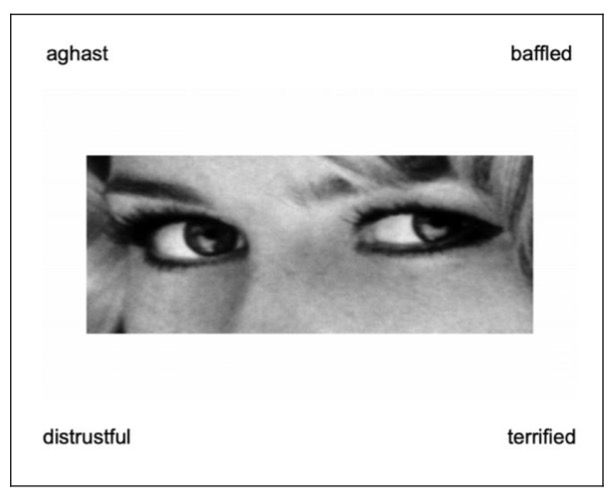
Have you every found yourself wondering whether the most widely used measures of social cognitive ability measure what they are supposed to measure?
01.04.2025 05:10 — 👍 83 🔁 30 💬 5 📌 12
How long did it take them to get there? The group dynamics on the ship must have been interesting … sounds like a good setting for a book or tv show.
26.03.2025 13:15 — 👍 4 🔁 0 💬 1 📌 0
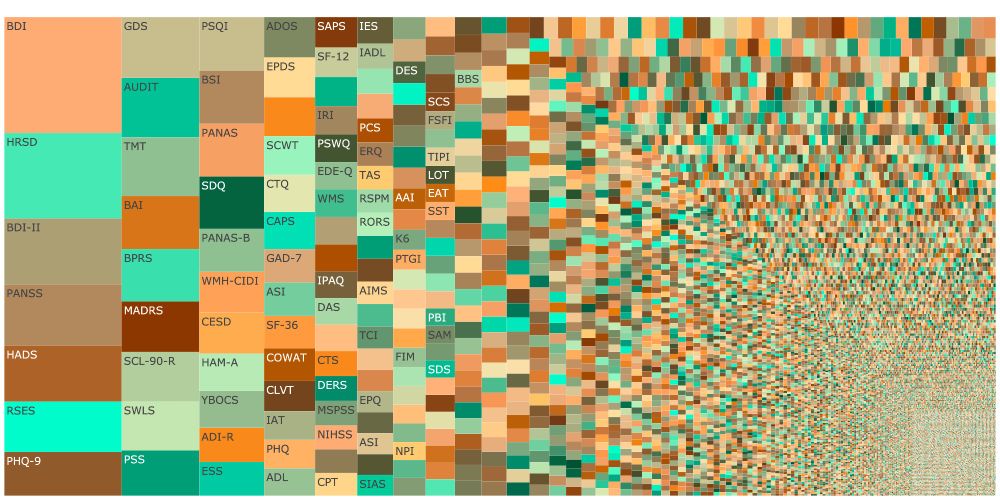
Treemap chart showing the fragmented landscape of psychological measures.
Want to make nice graphs with me, starting this summer? I am hiring for two PhD positions at the University of Witten/Herdecke.
18.03.2025 15:31 — 👍 95 🔁 73 💬 5 📌 5
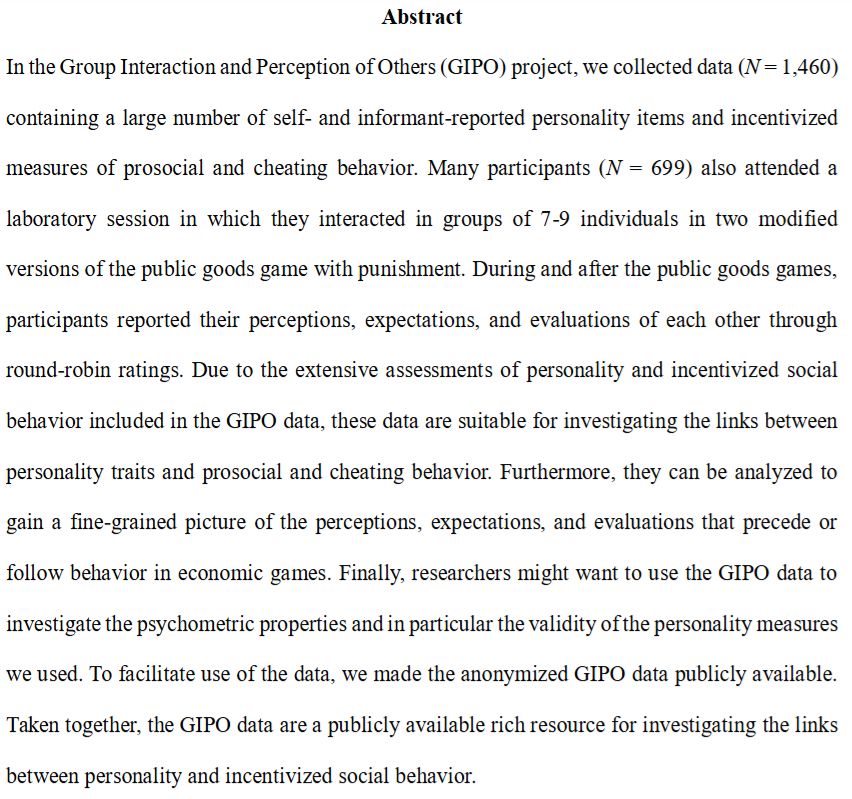
In the Group Interaction and Perception of Others (GIPO) project, we collected data (N = 1,460) containing a large number of self- and informant-reported personality items and incentivized measures of prosocial and cheating behavior. Many participants (N = 699) also attended a laboratory session in which they interacted in groups of 7-9 individuals in two modified versions of the public goods game with punishment. During and after the public goods games, participants reported their perceptions, expectations, and evaluations of each other through round-robin ratings. Due to the extensive assessments of personality and incentivized social behavior included in the GIPO data, these data are suitable for investigating the links between personality traits and prosocial and cheating behavior. Furthermore, they can be analyzed to gain a fine-grained picture of the perceptions, expectations, and evaluations that precede or follow behavior in economic games. Finally, researchers might want to use the GIPO data to investigate the psychometric properties and in particular the validity of the personality measures we used. To facilitate use of the data, we made the anonymized GIPO data publicly available. Taken together, the GIPO data are a publicly available rich resource for investigating the links between personality and incentivized social behavior.
Keywords: personality assessment, game theory, social dilemmas, social status, influence, likeability, trust, group dynamics
7 years ago, I received funding for a project on personality, incentivized prosocial behavior & social status in groups. Today, we've made the anonymized data publicly available. Researchers can now use it by citing the preprint/paper (no need to add anyone as a coauthor): doi.org/10.31234/osf...
15.03.2025 12:54 — 👍 40 🔁 12 💬 0 📌 2
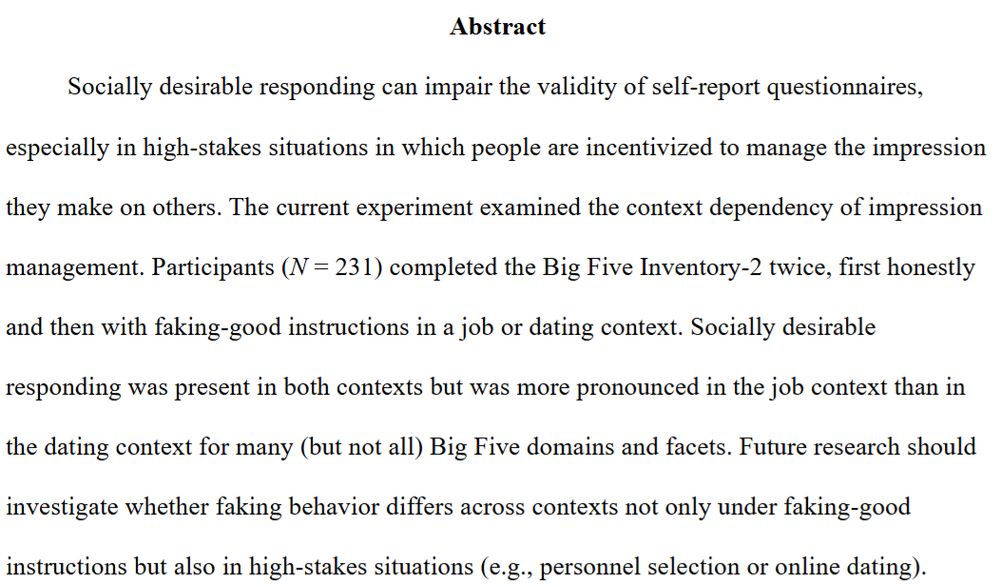
Socially desirable responding can impair the validity of self-report questionnaires, especially in high-stakes situations in which people are incentivized to manage the impression they make on others. The current experiment examined the context dependency of impression management. Participants (N = 231) completed the Big Five Inventory-2 twice, first honestly and then with faking-good instructions in a job or dating context. Socially desirable responding was present in both contexts but was more pronounced in the job context than in the dating context for many (but not all) Big Five domains and facets. Future research should investigate whether faking behavior differs across contexts not only under faking-good instructions but also in high-stakes situations (e.g., personnel selection or online dating).
We have a freshly accepted manuscript about the influence of socially desireable responding on personality self-reports. Participants (N = 231) took the BFI-2 twice, first honestly and then with faking-good instructions in a job or dating context. Link to the preprint: osf.io/preprints/ps...
28.02.2025 11:33 — 👍 5 🔁 0 💬 0 📌 0
The Sources of Researcher Variation in Economics
We use a rigorous three-stage many-analysts design to assess how different researcher decisions—specifically data cleaning, research design, and the interpretat
After a long wait, the working paper for the Many-Economists Project: The Sources of Researcher Variation in Economics. We had 146 teams perform the same research three times, each time with less freedom. What source of freedom leads to different choices and results? papers.ssrn.com/sol3/papers....
25.02.2025 19:17 — 👍 347 🔁 162 💬 12 📌 41
In case you need another reason to apply:
There are eagle-owls nesting in the towers of Marburg's 13th-century Gothic church and you can observe (and hear) them almost every day at dawn 😱
25.02.2025 07:28 — 👍 21 🔁 7 💬 0 📌 0
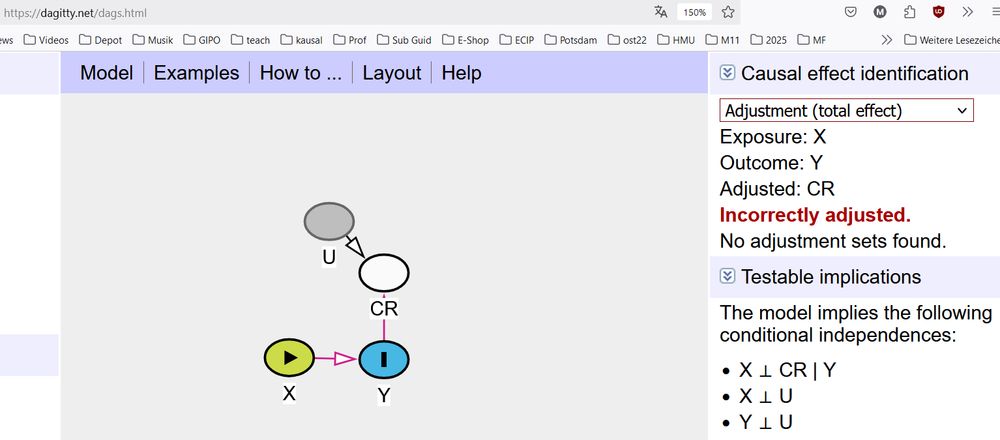
Ok, thanks. Looks like I need to read your blog post and simulate some data. 🤓
18.02.2025 17:19 — 👍 3 🔁 0 💬 0 📌 0
Careless responding needs to be a decendant of both the outcome AND treatment, right?
18.02.2025 15:18 — 👍 2 🔁 0 💬 2 📌 0
Independent research group at the Max Planck Institute for Crime, Security, and Law studying the influence of #Personality on prosocial and (un)ethical behavior, including crime.
An open access, open science psychology journal from @ucpress.bsky.social, and the official journal of @improvingpsych.org (SIPS). Editor-in-Chief: @donvanraven.bsky.social
https://online.ucpress.edu/collabra
Co-founder & editor, Works in Progress. Writer, Scientific Discovery. Podcaster, Hard Drugs. Advisor, Open Philanthropy. // Previously at Our World in Data.
Newsletter: https://scientificdiscovery.dev
Podcast: https://harddrugs.worksinprogress.co
🏳️🌈
Economic historian @UoGuelph w broad social science & historical interests: population health, First Nations demography, mobility, inequality & lives of the incarcerated 🇨🇦🇦🇺🇳🇿🏴
Editing Asia-Pacific Econ History Rev & directing https://thecanadianpeoples.com.
Professor at Stanford. Psychology/Neuroscience/Data Science. Books include: The New Mind Readers, Handbook of fMRI Data Analysis, Hard to Break, and Statistical Thinking.
https://poldrack.github.io/
Jun. Prof. for Science Reception @ Leibniz Institute for Psychology (ZPID). PI of #SciReLab. Social Psychologist & Art Historian. Formerly @ LMU Munich. Studying #TrustInScience, #SciComm, #MetaScience, #ArtReception & More.
Fachgruppenübergreifende Interessengruppe für #WissKomm der @dgps.bsky.social. Vertreten durch @hendriks.bsky.social und @marlephie.bsky.social. Social Media: @lauramkoenig.bsky.social & Jane Momme
Social & personality psychology, psychological assessment | the role of Need for Cognition and Authoritarianism in climate change and perception of politicians | love reading escpecially historical (crime) novels, cooking and eating | views my own
Visiting Professor for Personality Psychology @ FU Berlin | individual differences, neuroscience, emotion, meta & open science | https://tu-dresden.de/Members/anne.gaertner
Psychology Professor at TU Dresden. One of five speakers of Network for Sustainable Research (@nnwiss.bsky.social) [views my own].
Epidemiologist with an interest in causal inference methods at @universityofleeds.bsky.social.
Check out my Intro to Causal Inference Course: https://www.causal.training/
#Epidemiology, #EpiSky, #CausalInference, #CausalSky, #AcademicSky
Economist (Professor at the University of Michigan), Literal Transatlanticist, Posts about Economics, Politics, Policy and Academia
Columnist and chief data reporter the Financial Times | Stories, stats & scatterplots | john.burn-murdoch@ft.com
📝 ft.com/jbm
Postdoc at UCSD/Harvard, PhD from University of Toronto. Studying #empathy #effort #wellbeing #socialmedia and #prosocial behaviour. #rstats #PhDad #openscience website: gregdepow.com
Assistant prof. at WashU enthusiastically researching personality, well-being, and morality. Vegan effective altruist, Brazilian Zouk addict, opera singer, climber.
Assoc Prof of Psych, Sherwin Early Career Prof in Rock Ethics Institute @Penn State. Directs Empathy & Moral Psych Lab, Consortium on Moral Decision-Making. Assoc Editor @Emotion. Father of four (twin dad), husband, loves ☕, 🍺, 🎶, 📸. Views are my own.
Professor of behavioral genetics with my own twins. I mix behaviour and genetics at Tartu & McGill to understand obesity. I also mix global music as a DJ.
Assistant Professor in Sociology at @rug.nl | Interdisciplinary researcher interested in social networks, cooperation, and social and economic inequality | Assistant director of the ENDOW project: endowproject.github.io 🏳️🌈





